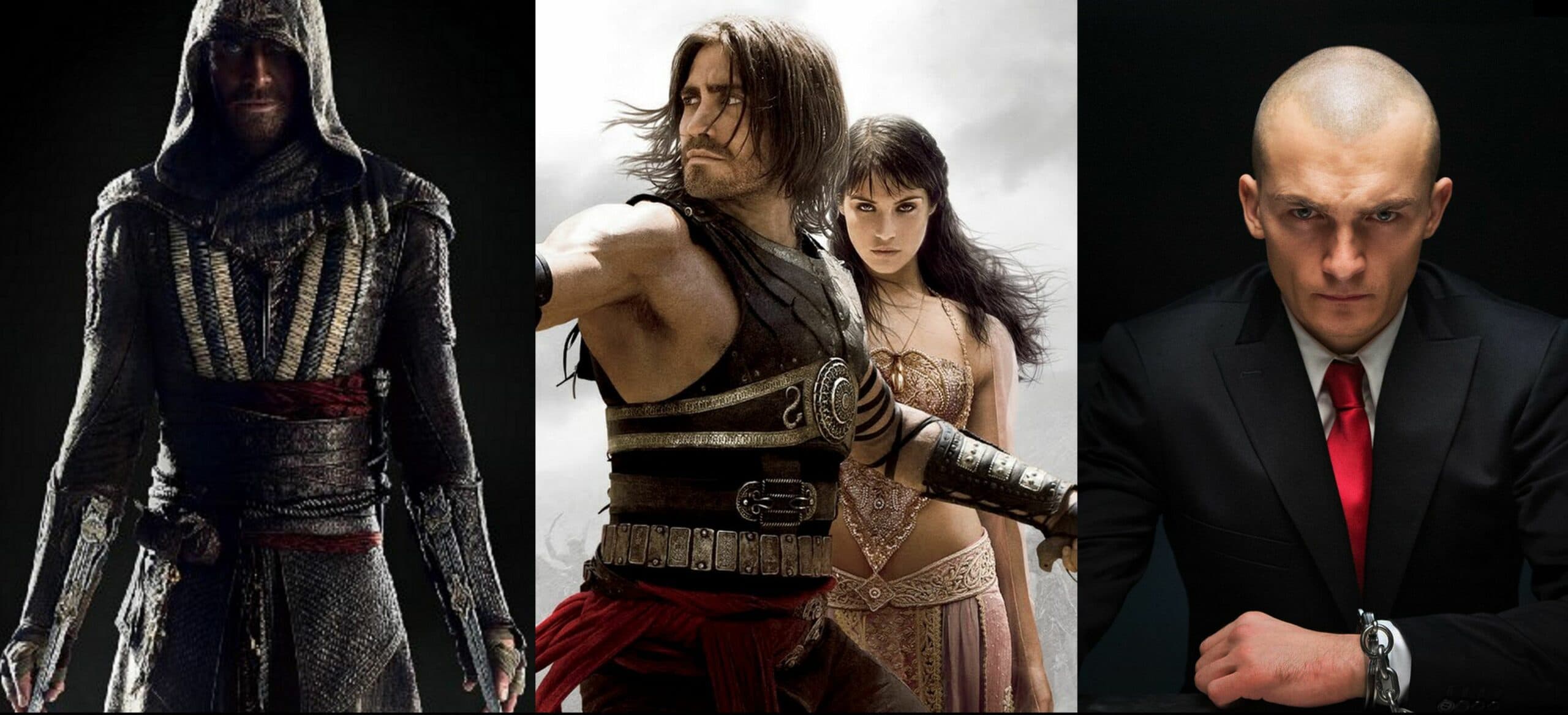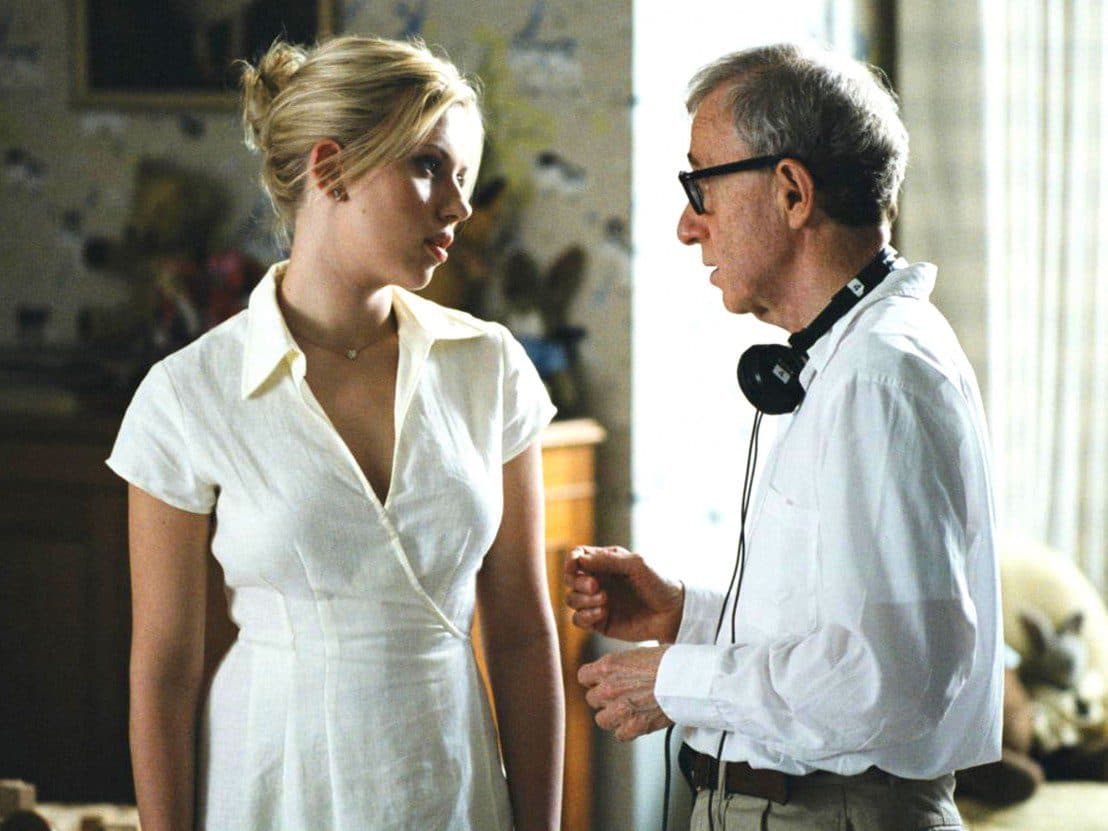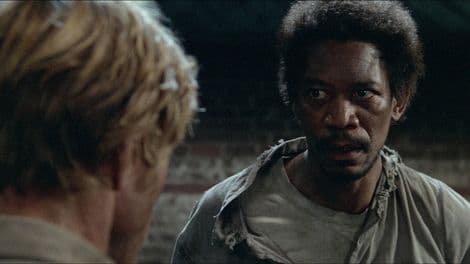Ah, "Camille." The name suggests tragic romance and hints of Parisian style. But then there's "Camille 2000," which sounds more like a Y2K glitch than a period film. Let’s unravel this cinematic tale.
About "Camille 2000"
"Camille 2000" intrigued right away. The plot involves a drug-addicted courtesan (Danièle Gaubert) who loves a commoner (Nino Castelnuovo). Familiar themes arise: forbidden love and societal constraints. It’s melodrama with a touch of the year 2000's angst. Who else stars in this drama? The brief is mute beyond our leads. Mystery adds allure or indicates an off day for casting.
The "Camille" Legacy: Many Adaptations
Familiar Tragic Elements
The tale is a classic tragedy. We meet Marguerite Gauthier, portrayed with elegance by Greta Garbo in 1936's "Camille." Marguerite, known as the "Lady of the Camellias," is self-made. She rises from poverty, becomes a notable courtesan, kept by the Baron de Varville. Armand's sincere affection disrupts her world. Suddenly, luxury feels less appealing. She questions her emotionally barren life. Armand's father opposes their love, seeing Marguerite's profession as unacceptable. Will she choose love or security? The dilemma is captivating!
Understanding Camille
Let’s analyze Camille herself. "Courtesan" is a label, but it represents more than just a role. It denotes a precarious mix of power and vulnerability. The camellias play a significant part too. Wearing a white camellia signals availability; red marks being taken. It’s like early social media statuses, just with more judgment.
Illness and Fragility
Tragedy often included illness in the 19th century. Camille battles consumption, which we know as tuberculosis today. This was essentially a fashionable death for someone lively like Camille. It adds fragility to her character. She lives on borrowed time, raising the romantic stakes.
Unexpected Endings
When we think of endings in Camille’s story, we expect tragic drama. Think death scenes with a crescendo of violins. But wait—Niagara Falls? According to the brief: "They kissed and turned toward the falls. Camille said, 'I had a great honeymoon,' and Silas replied, 'Me too.' Then Maggie jumped over the edge." That’s not Dumas fils at all! Perhaps it’s a very loose adaptation or an extreme cinematic liberty.
The Name "Camille"
The name "Camille" deserves attention. It's elegant, French, and has captivating origins. It goes back to Latin "camillus," meaning "young ceremonial attendant." From sacred service to tragic icon, what an evolution! And it’s unisex too; Camille can refer to either gender but leans feminine in tales of doomed courtesans.
How to Pronounce Camille
Now, a language lesson! In French, the "-lle" is silent. So it’s "Cam-ee," not "Cam-ill." This detail is key for sophistication at your next French film gathering. In Spanish or Portuguese, it becomes "Camilo." These Camilles are name chameleons.
Not Just Tragic—Meet Cyber Camille
Now for a surprising turn of events. Camille isn't only the tragic figure. In "League of Legends," she’s a "Principal Intelligencer of Clan Ferros." This version trades camellias for cyber weapons. With powerful legs and weaponized intelligence, she values precision and order, seeing sloppy work as shameful. From delicate courtesan to cybernetic enforcer—impressive and somewhat chaotic!
Camille's Influence: Echoes in Other Tales
The enduring story of Camille resonates widely in other narratives, acting as a timeless plot template.
Moulin Rouge!: A Homage
"Moulin Rouge!" by Baz Luhrmann pays tribute to Camille. Luhrmann acknowledges that their story, though Orphean, draws from Camille and La Boheme. Satine mirrors Marguerite Gauthier's traits. After all, her secret is tuberculosis, just like Camille's tragedy.
Greta Garbo: The Iconic Representation
Greta Garbo often embodies "Camille". Her portrayal in the 1936 film holds legendary status. Garbo is also famous for her line, "I want to be alone," from "Grand Hotel." Some say she really meant, "I want to be let alone." Either phrase drips with mystique like Camille herself.
Meta Moments: Annie Goes to the Movies
Even little orphan Annie references Camille. During her outing to Radio City Music Hall, they catch... "Camille"! This 1936 film is a classic nestled within another classic—a cinematic inception in a musical about an orphan.
Camille's Connections
Fictional Camilles mirror real lives, rarely isolated. Their connections often reveal complications.
Modern Relationships
In a different take on Camille, "Sharp Objects" portrays one whose narrative grittiness contrasts with romantic tales. This Camille has affairs with John in book and miniseries formats—less romance, more contemporary drama.
Real-Life Drama: Camille Grammer
Similarly, Camille Grammer from "Real Housewives" brings real-life sensational drama with her divorce from Kelsey Grammer and infidelity allegations. Her life is as juicy as fictional tales, including children Mason and Jude for added depth.
Modern Twist: Camille in *Emily in Paris*
In "Emily in Paris," there's a contemporary Camille who intrigues with her false pregnancy scare. By Season 4’s Part 1 ending, she learns her test was a false positive. She breaks off her engagement with Gabriel and dates Sofia briefly. Modern challenges indeed!
Sisterly Love and Loss
In *Sharp Objects*, Camille mourns her deceased sister Marian Crellin whom she loved dearly despite their troubled family ties. Their close bond adds layers to her character even amid darkness.
Other Films Featuring Camille
Additional adaptations of "Camille" exist. Notably, the 1984 film titled "Camille" filmed in Paris—where else would this tale unfold?
The Truth About Camille
The ultimate question remains: Is "Camille" based on fact? Not literally true but derived from *La Dame aux camélias*. It explores universal themes of love and societal limits that resonate through time. While not historical truth, Camille embodies compassionate reflection on the human experience—showing why we return to her story endlessly across varied tales from courtesan to cybernetic enforcer.













Responses (0 )